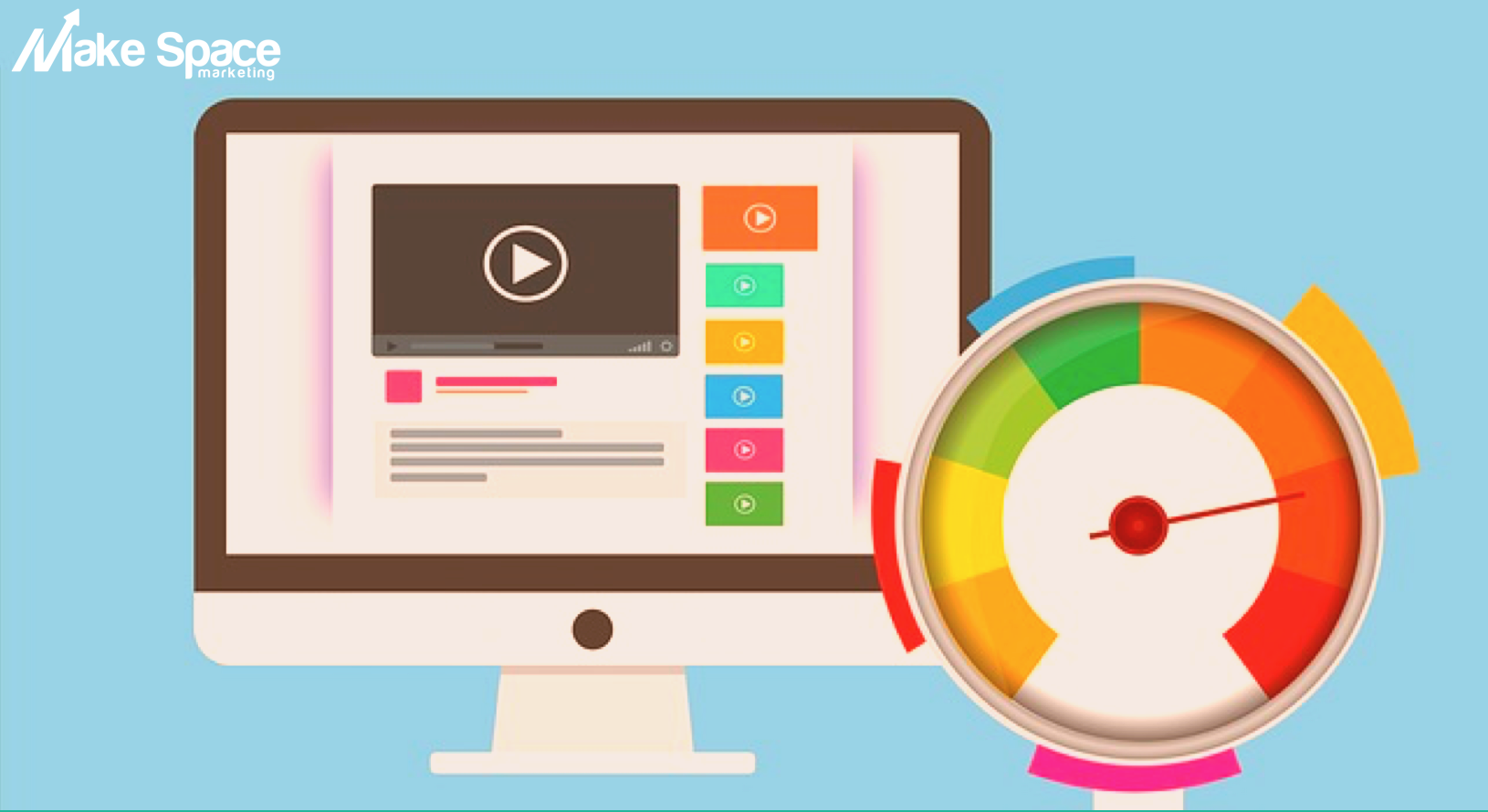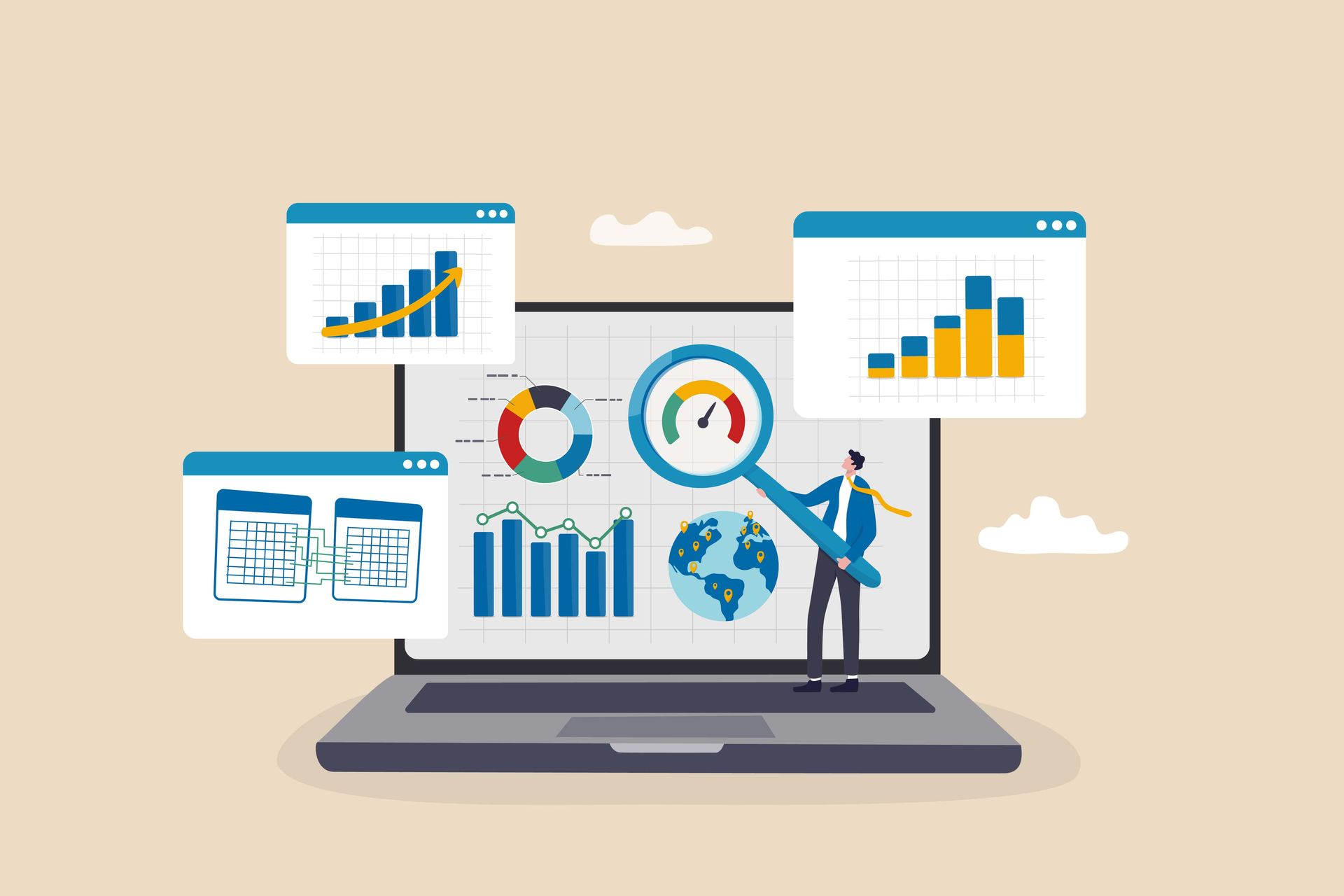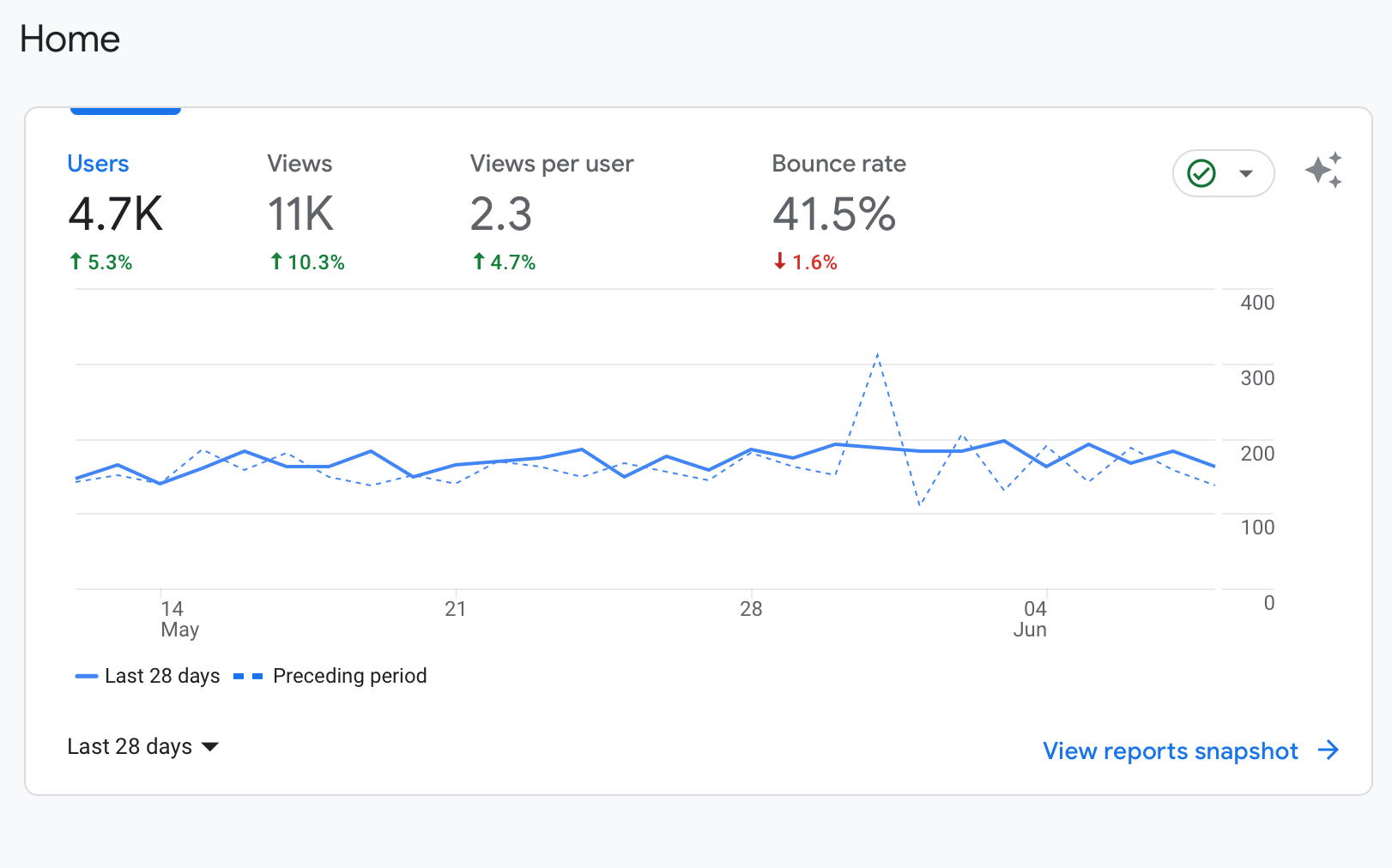10 Must-Have Features For Your New Website
10 Must-Have Features For Your New Website
Create a great user experience by incorporating the best design features for your new website.
If you are designing a brand-new website for your business or personal brand. It can be difficult to keep up abreast with the latest trends and features that your website needs, but not to worry, as Make Space Marketing is here to help. As skilled website designers and digital marketing experts, we have compiled a list of your new website's top 10 must-have features.
Whether you're a small business owner, entrepreneur, or blogger, this guide will provide valuable insights. This article will support you to create a website that stands out in the crowded online space. So, let's dive in and discover the essential features to consider when designing your new website.

1. Choose a Memorable Domain Name
Establishing a strong online presence requires selecting a memorable domain name. To ensure your domain name is unique, choose a catchy and distinctive name that is easy to remember. Moreover, your domain name should be relevant to your brand or business and reflect your identity, values, or the products and services you offer. It should give your target audience a clear idea of what your website offers.
Your domain name must be easily to spelt, and avoid complex spellings, hyphens, or numbers To improve user experience. Before finalising your domain name, ensure it is available for registration by conducting a domain name search. Brainstorming ideas can help you select a domain name that aligns with your website's purpose. It should resonate with your target audience, and set the foundation for a robust online presence. Remember, your domain name will be your online identity, so choose wisely.
2. User-friendly Navigation
When building a website, user experience should always be a top priority. A key part of a creating a good user experience is user-friendly navigation. Navigation refers to the menu and links that allow users to move around your website and access different pages. A well-designed and thought out navigation function will lead to happy users that can find what they are searching for.
Your navigation menu should be straightforward to understand. It's essential to use descriptive labels for your menu items so that users can quickly and easily find what they're looking for. If your website has many pages, consider using sub-menus or dropdown menus to organise your content.
Another critical aspect of user-friendly navigation is consistency. Ensure that your navigation menu appears on every page of your website and is located in the same place. Finally, test your navigation system thoroughly to ensure that it works properly. Broken links or confusing menus can frustrate users and hurt your website's credibility.
3. Responsive Website Design

As an increasing number of individuals use their mobile devices to access the internet, it's vital that your website is designed with responsivness in mind. Responsive design entails optimising your website for various devices, such desktop computers and smart phones. A responsive website adjusts its layout to fit the screen dimensions it is being viewed on, ensuring that your content remains easily readable and navigable regardless of the device. This is significant because users are more inclined to abandon a website that is not tailored to their specific device.
Apart from enhancing the user experience, responsive design will have a positive affect on your site's search engine ranking. Google has emphasised the importance of mobile-friendliness as a ranking factor, thereby making a responsive website instrumental in achieving higher rankings in search results.
4. Fast-Loading Speed

Fast-loading speed is critical today; people want everything quickly; consider Amazon Prime and Just Eat. Both of these rely on the speed of delivery as a selling point. Website users will leave your site if pages do not load quickly; they will look for information somewhere else.
There are many ways to increase your site's loading speed. One of the most effective is to optimise the images that you use. Large, high-resolution images may slow down your website, so it's important to compress them and optimise them for the web.
Another way to improve your website's loading speed is by utilising a content delivery network (CDN). Tis will store your website's files on servers worldwide, reducing the distance your content travels to reach users.
5. Clear and Concise Messaging
Your website's messaging should be clear and concise. Visitors should ideally be able to clearly understand what your site is offering within a few seconds of arriving on your site. One way to achieve clear messaging is to use a strong headline and subheadline on your homepage. These should communicate what your website is about and clearly show services and products.
It's also important to use simple, jargon-free language that is easy for users to understand. Avoid using overly technical terms or industry words that may be unfamiliar to your target audience.
Finally, ensure that the messaging is consistent across your website. Your website should have a clear brand voice and tone in your content.
6. High-Quality Visuals

Incorporating visual content into your website is crucial. They can effectively enhance your site and make it captivating and memorable. However, it's critical to use high-quality visuals that are optimised for the web. A significant factor to consider when using visuals on your site is the file size. Large images or videos can slow down your website, so it's essential to compress and optimise them for the web. Furthermore, it's vital to use high-quality images and videos that are relevant to your content. Avoid using generic or overused stock photos.
Finally, make sure that your visuals are accessible to all users. This means using alt tags to describe your images and providing captions or transcripts for videos.
7. Contact Information and Forms
Contact Us
To ensure that users can quickly contact you, it's essential to have clear and accessible contact information on your website. Phone numbers, email addresses, and physical addresses should be included. Contact forms on your website are also recommended, as they allow users to send you a message directly without opening their email client. When designing the contact form, please keep it simple and user-friendly by only asking for necessary information. Ensure the form is easy to complete on desktop and mobile devices. Furthermore, do not ask for too much information; the user may look at it as too much work to complete.
8. Social Media Integration

Social media marketing should be key part of any digital marketing strategy. Integrating social media into your website will enable users to share your content. Secondly they will be more likely to connect and follow your business.
One way to incorporate social media into your website is to include social sharing buttons on your blog posts and other content. This allows users to share your content on their social media profiles, helping to increase your reach and visibility.
Another way to incorporate social media is to include social media feeds on your website. This feature lets users see your latest social media posts without leaving your website.
9. Search Engine Optimisation

To improve your website's visibility and drive more traffic, search engine optimisation (SEO) is key. SEO involves many elements, including keyword research, on-page optimisation, and off-page optimisation. is crucial for identifying the keywords and phrases that users search for concerning your business or industry and using them throughout your website's content.
On-page optimisation, such as page titles, meta descriptions, and header tags, tells search engines what your content is about.
Off-page optimisation includes backlinks, which can help improve your website's authority and credibility, ultimately enhancing your search engine ranking.
10. Analytics and Tracking

To ensure that your website is effective, it's important to keep track of its performance by monitoring key metrics such as traffic, bounce rate, and conversion rate. Google Analytics is an effective and free tool that can help you track various metrics related to your website's performance, including where your traffic is coming from, user engagement, and popular pages. It's also crucial to track your website's goals and conversions, such as form submissions, newsletter signups, and sales. The information gained from doing so will enable you to shape your strategy and tactics to create improvements.
Summary
We hope you have enjoyed this blog and it has given you some food for thought regarding your new website's key features. At Make Space Marketing, we know that yo can create a website that delivers conversions by focusing on essential features such as user experience, design, messaging, and analytics. No matter what type of website you're creating, whether for a small business, personal brand, or blog, these features will help you stand out in the competitive online space.
If you need help with a new website or you want to increase the number of visitors you your website contact Make Space Marketing today.




